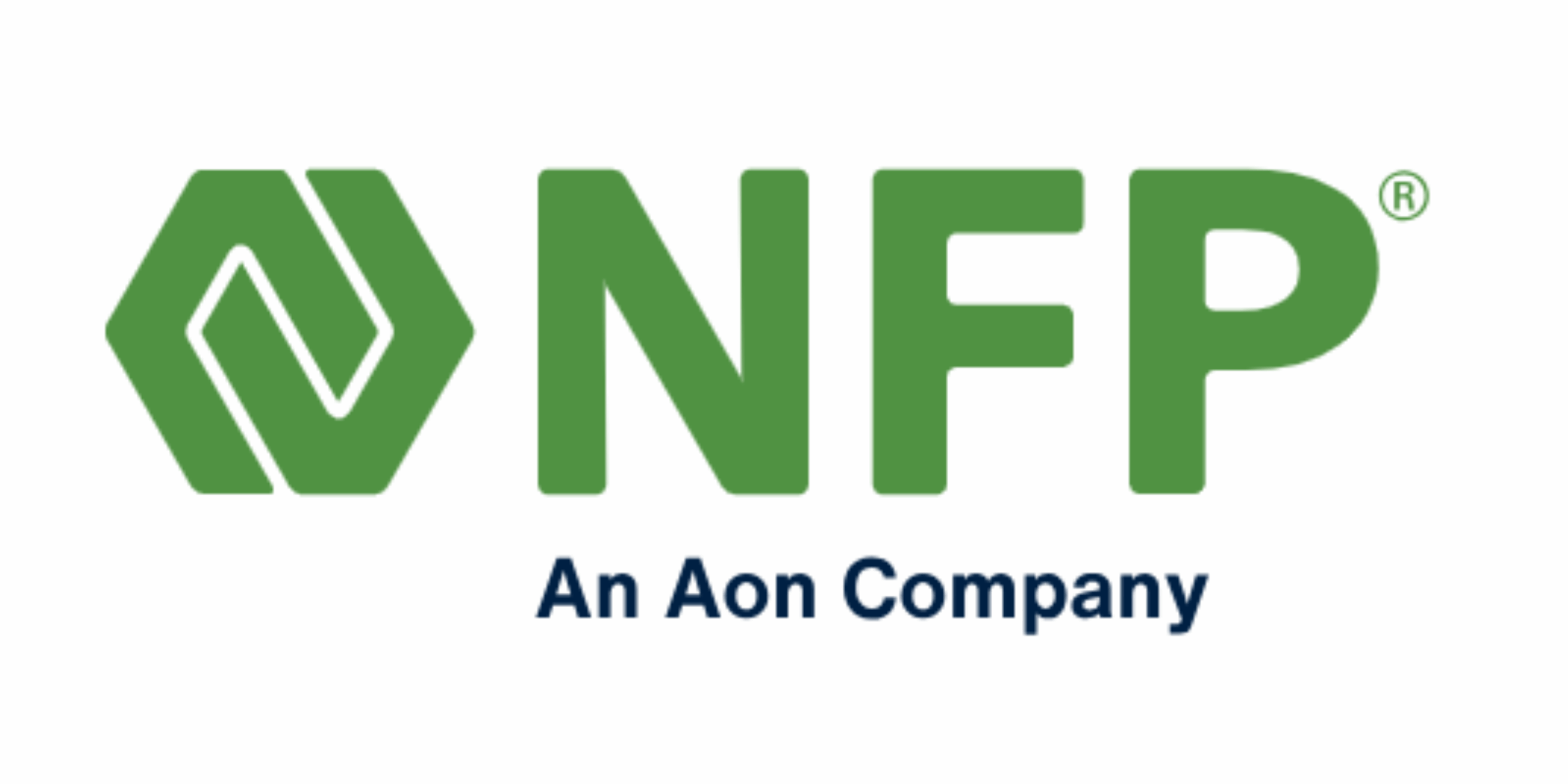Insights That Lead
The LRS Blog
Your go-to source for expert retirement strategies, industry updates, and financial empowerment.

Client & Partner Spotlights

November 3, 2025
Partner Spotlight: NFP
Read more about how LRS and NFP partnered to bring flexible, compliant retirement solutions to the cannabis industry.

November 3, 2025
Client Spotlight: Jeeter
Read how LRS helped Jeeter launch a compliant cannabis 401(k)—boosting retention, simplifying admin, and empowering employees.

December 29, 2025
Client Spotlight: STIIIZY
Read more about how STIIIZY teamed up with LRS to bring future-focused retirement benefits to its employees.

Client & Partner Spotlights

November 3, 2025
Partner Spotlight: NFP
Read more about how LRS and NFP partnered to bring flexible, compliant retirement solutions to the cannabis industry.

November 3, 2025
Client Spotlight: Jeeter
Read how LRS helped Jeeter launch a compliant cannabis 401(k)—boosting retention, simplifying admin, and empowering employees.

December 29, 2025
Client Spotlight: STIIIZY
Read more about how STIIIZY teamed up with LRS to bring future-focused retirement benefits to its employees.

Client & Partner Spotlights

November 3, 2025
Partner Spotlight: NFP
Read more about how LRS and NFP partnered to bring flexible, compliant retirement solutions to the cannabis industry.

November 3, 2025
Client Spotlight: Jeeter
Read how LRS helped Jeeter launch a compliant cannabis 401(k)—boosting retention, simplifying admin, and empowering employees.

December 29, 2025
Client Spotlight: STIIIZY
Read more about how STIIIZY teamed up with LRS to bring future-focused retirement benefits to its employees.












